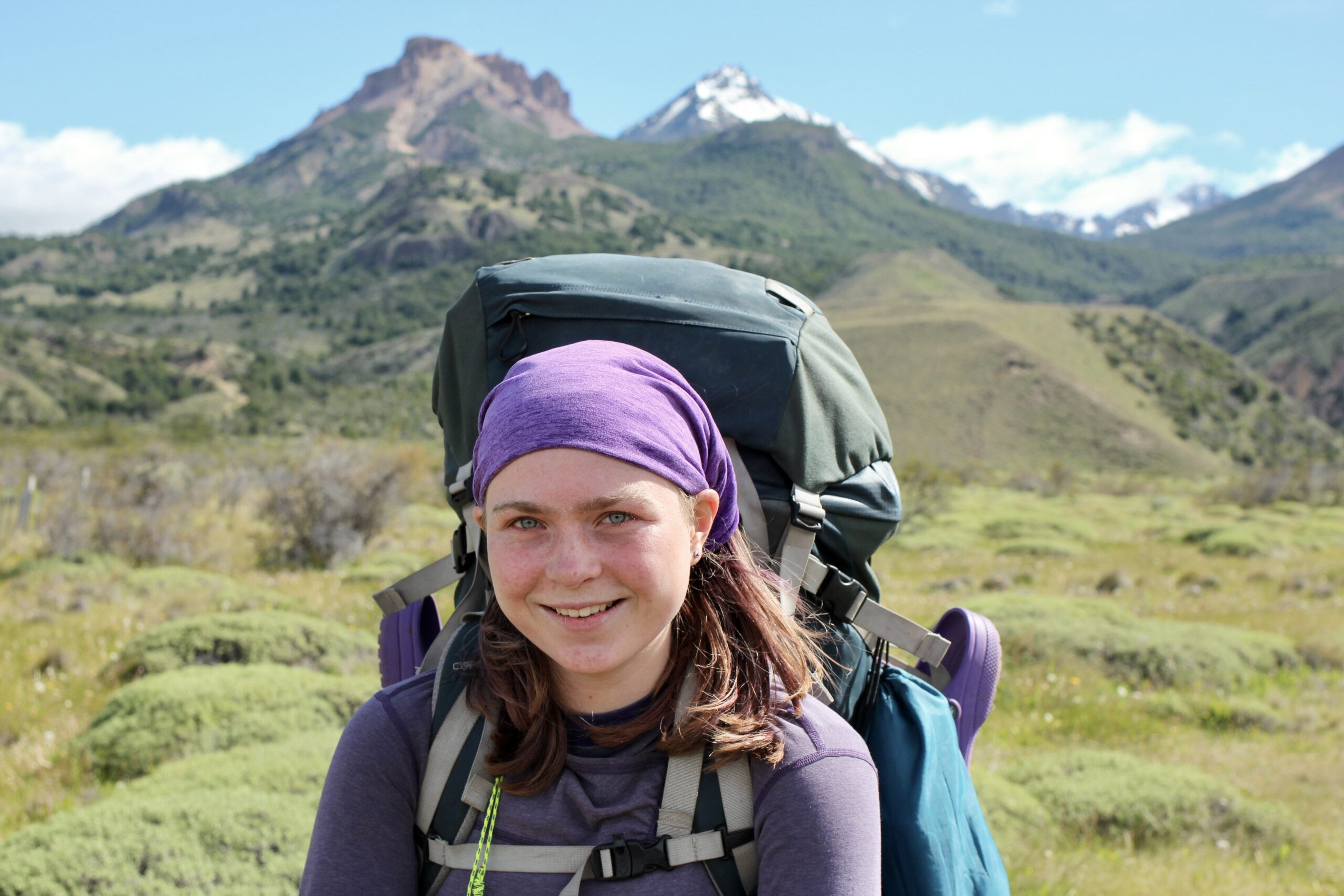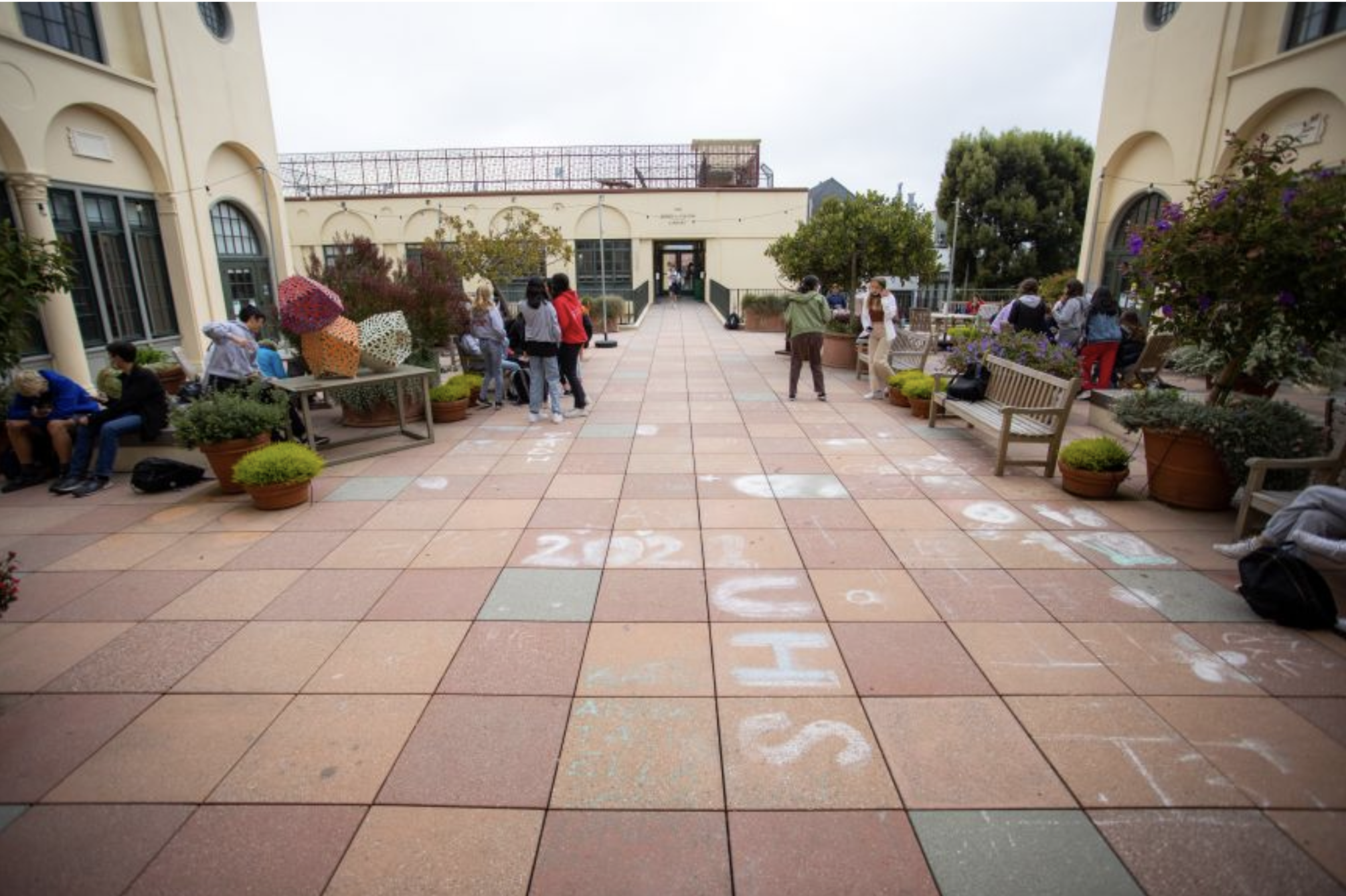Urban Nature SF
Incorporating biodiversity into campus planning

Background Information
Through Purple’s research, she learned that 55% of the world’s population currently lives in cities, and that is projected to increase to 68% by 2050. At the same time, the global climate crisis is worsening. Purple Peterson lives in San Francisco, and has had the unique opportunity to interact with nature on a deeper level than many urban citizens – through her experience at Alzar School as well as in an Earth Education program she worked for. In her CLP, Urban Nature SF, she seeks to address the general ignorance surrounding the importance of urban nature, which can be a critical tool in fighting the global climate crisis in the context of increased urbanization. Urban nature provides benefits ranging from “improving surrounding property values, to reducing the urban heat island effect, to lowering asthma rates” and improving the mental health of surrounding communities. Starting in her school community, Purple’s CLP is advocating for increased biodiversity through the use of native plant species on her school’s urban campus, which are better adapted to local climate and provide important habitats for pollinators and other native species. Her project is focusing on incorporating biodiversity into the planning of the new segment of the school’s campus that will be finished in 2025, as well as the creation of a school herb garden and incorporation of campus greenery into science classes and education.
“In the city, it is so powerful to learn about the nature that is in our lives and the services it provides us with daily, because it often goes unnoticed.” – Purple Peterson
Implementation of Project
To start, Purple and two other students at her high school, Alexandra and Naomi, met with the Dean of Teaching and Learning and the Head of School to pitch their idea and inquire about the possible avenues they could pursue to create changes on the campus’s landscape. After this, they were able to connect with the landscape architects for the new addition to the school’s campus. They researched native plant species, and in a meeting with the landscape architects, they advocated for a greater focus on biodiversity in choosing the plant makeup for the new campus. For example, the architects were planning to have a gingko tree, which is a common ornamental street tree, in the green space of the new campus. Gingkos are popular because they are easy to manage, use few resources, and look good, but they support very little biodiversity, don’t provide a habitat for native species, and are not native to California, so are not as well suited to the local climate. Purple and her team proposed that instead, they could look into a Coast Live Oak tree, which fosters biodiversity, sequesters carbon at a faster rate, and is a native of San Francisco. A study by Douglas Tallamy notes that, “in contrast to oaks, which accommodate 537 species [of caterpillars], says Tallamy, gingkoes, a standard street tree in many cities, host just three. “But there is this myth that a tree has to come from China to survive in cities,” he comments.
One challenge that Purple and her team have faced so far in the project lies in the limitations of the new campus in supporting the native species they are advocating for, because of limited space and the fact that the main green area will be on the northern side of the building, mostly in shadow. Because the new campus will be built in a couple years, Purple’s CLP is an ongoing project, and they are currently focusing on smaller, related projects that they can implement on the current campus – such as building an herb garden that is student-grown, and creating signage to educate students about the importance of native species in urban landscapes.
“There is an oak tree a couple blocks from my house, and I notice it every time I pass because it is so full of life amidst the otherwise gray landscape.” – Purple Peterson
Results of Project
While the concrete effects of Purple’s CLP are far from being completed, the conversations the group has started about increasing native plants and biodiversity on the campus have initiated changes in the landscape planning for the new campus, and opened up more opportunities for the action team to bring education about native plants to the whole school. They have compiled a list of specific native plant species that would promote increased biodiversity and provide water filtration, shade, habitat, and erosion control to be used on the new campus. The landscape architects have been very responsive to the changes they have proposed and are doing research on other ways to increase biodiversity with the limitations the campus poses.
“It was super insightful to meet with the landscape architects and learn about the different limitations that they were working with and how they were approaching the choice of plant species. I think what we were advocating for fell within their philosophy on the building and allowed for a more productive conversation where they were very receptive to our ideas.” – Purple Peterson
What’s Next
In the coming school year, Purple, Naomi, and Alexandra plan to introduce an herb garden to the campus and organize student participation in caring for the plants. They will also work with the gardener for the current campus to introduce more native plant species where other plants have died or been removed, and hang up signage to spread awareness about why certain plants are chosen for certain areas. They will continue working with the landscape architects for the new campus, and pass down the project to younger students passionate about campus greenery in order to ensure the success of the project when the new campus is built after Purple and her team have graduated.
“My hope is for the future generations at my school to see the importance of urban nature in terms of sustainability and physical and mental health.” – Purple Peterson




